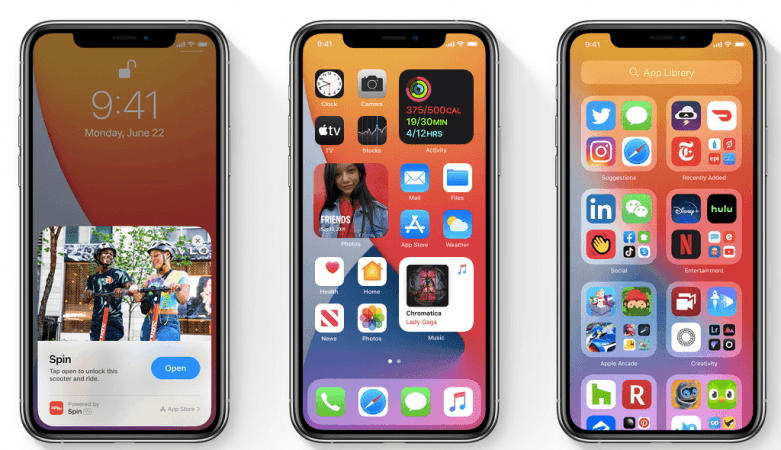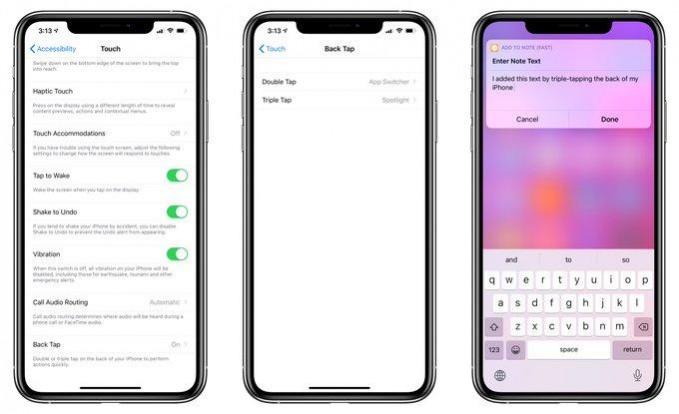Apple's WWDC 2020 was full of surprises and there have been some exciting new features in the iOS, macOS, WatchOS software. If you're looking for the little tricks that Apple might not have mentioned on stage, here's one iOS 14 feature that is cool and something iPhone lovers are going to love.
iOS 14 introduces a new accessibility feature called "Back Tap" that works as the name suggests. This will allow iPhone users to perform various system actions just by tapping the back of the device. Users can map the double tap and triple tap actions to various functions such as launching an app, taking a screenshot and more.
How to enable Back Tap in iPhone?

The Back Tap feature is new in the iOS 14 software and works with iPhones upgraded to the latest Apple software. Users can simply head over to the iPhone settings where the new feature can be enabled.
Step 1: Go to iPhone Settings
Step 2: Then go to Accessibility, select Touch and choose Back Tap
Step 3: Users can choose an action for the double-tap and triple tap actions.

Users can map functions such as taking a screenshot, locking or muting your phone, changing the volume, and even launching certain apps like Google Assistant. These taps on the back of iPhone gestures can be used to activate Shortcuts like turning the lights on and off via HomeKit. That's not it, users can even map the taps to app shortcuts to send a message through WhatsApp or a tweet.
With Back Tap, you can perform various action by double or tripple tap on the back of your iPhone. Here’s one I set double tap to take screenshot. pic.twitter.com/uZKv4Cjorf
— Aditya Daniel (@adityadaniel) June 23, 2020
#iOS14
— Ershad Kaleebullah #StayingAtHome (@r3dash) June 23, 2020
Okay guys, I’m blown away by this feature. You can double tap/triple tap the rear side of your iPhone to actually run specific commands. This is nuts. It works like a friggin charm. I’ve used double tap to take a screenshot and triple tap for App Switcher. pic.twitter.com/lJrvIKZad2
Interestingly, the double and triple tap functions on the back of the iPhone work even with a case on it. But this raises concerns of accidental actions, which could be triggered easily. So it is wise to not map the tab functions to send a tweet or a message, which could be embarrassing. Also, the feature doesn't seem to be working on iPhone SE 2020.
While Apple hasn't revealed how the feature actually works, the best guess is that it uses the gyroscope and other sensors on the iPhone.
Here's a list of iPhones eligible for iOS 14
- iPhone 11
- iPhone 11 Pro
- iPhone 11 Pro Max
- iPhone XS
- iPhone XS Max
- iPhone XR
- iPhone X
- iPhone 8
- iPhone 8 Plus
- iPhone 7
- iPhone 7 Plus
- iPhone 6s
- iPhone 6s Plus
- iPhone SE (1st gen)
- iPhone SE (2nd gen)
- iPod touch (7th gen)












